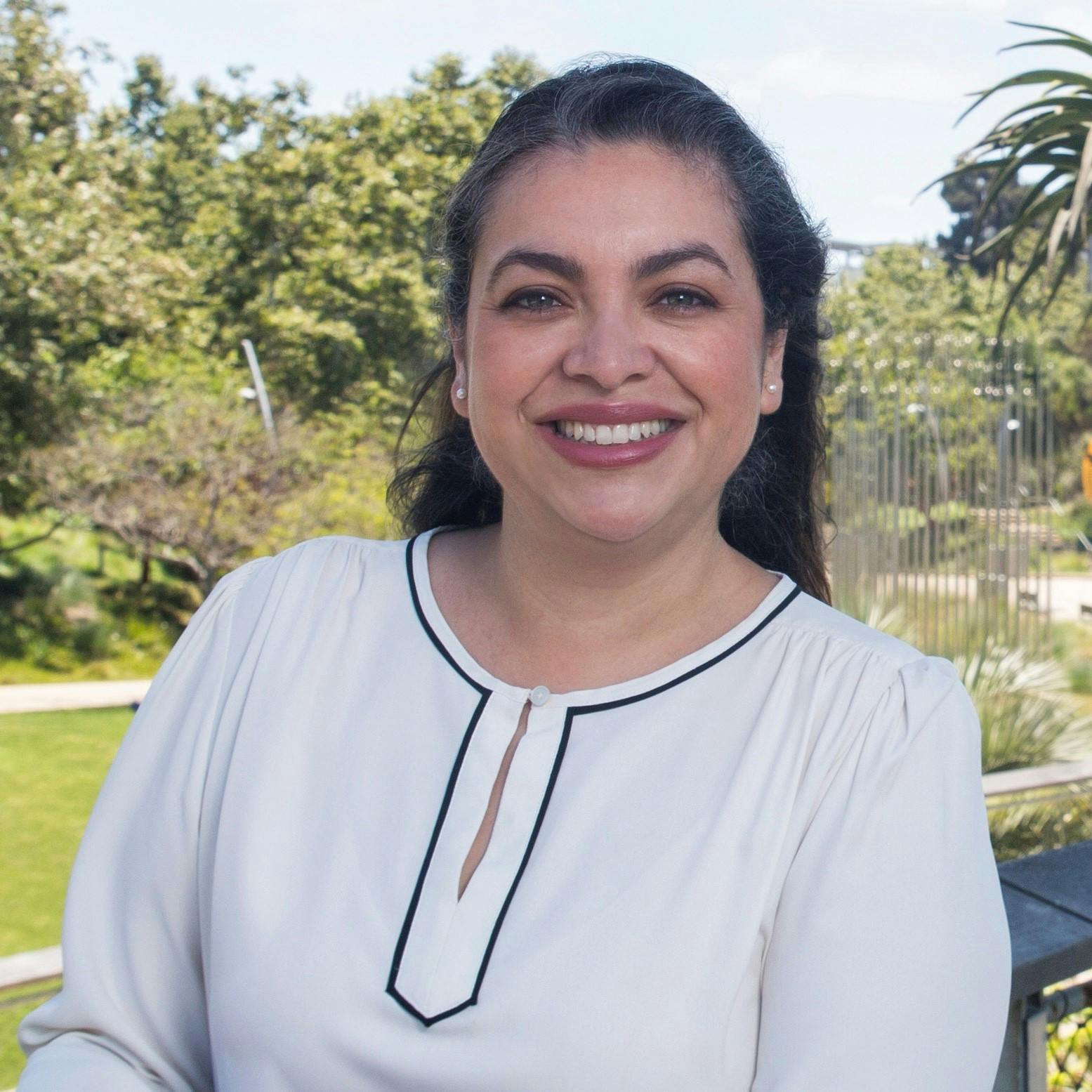148th Avenue Southeast at Larsen Lake Flood Mitigation: Online Open House
Thank you for your interest in the 148th Avenue Southeast Online Open House. The consultation period for this online open house has concluded.
 Welcome to the 148th Avenue Southeast at Larsen Lake Flood Mitigation online open house! This project aims to reduce the frequency of flooding on 148th Avenue Southeast between Southeast Eighth Street and Main Street. The project team is performing engineering studies and evaluating alternatives to develop a design that reduces or eliminates roadway flooding in the project area.
Welcome to the 148th Avenue Southeast at Larsen Lake Flood Mitigation online open house! This project aims to reduce the frequency of flooding on 148th Avenue Southeast between Southeast Eighth Street and Main Street. The project team is performing engineering studies and evaluating alternatives to develop a design that reduces or eliminates roadway flooding in the project area.
The City of Bellevue and King County Flood Control District are working together to develop and implement a future design to provide healthier stormwater drainage between Larsen Lake/Lake Hills Greenbelt and Upper Kelsey Creek.
Use this online open house to learn about the project and design alternatives we are considering. Please provide your feedback by Friday, September 15, by 5 p.m.
Background
Following moderate to heavy rain or long rain events, 148th Avenue Southeast has been fully or partially closed by the city due to high water levels on numerous occasions between Southeast Eighth Street and Main Street.
The 148th Avenue corridor is the only major north-south arterial roadway in east Bellevue, a federally designated truck route, and a critical commuter and emergency services access route between Interstate 90 (I-90) and State Route 520 (SR 520) with an average daily traffic over 33,000 vehicles.
During closures, adjacent corridors, including residential areas with limited vehicle capacity, have been impacted. Flooding also threatens nearby parklands, blueberry fields, businesses and residences.
The city will reduce negative impacts in the project area through the planned mitigation measures by reducing the recurrence of flooding and preventing further roadway sinkage and culverts from warping.
Evaluating the Alternatives
Previous 2019 studies of the issues along this arterial included a Flood Investigation Analysis and an Alternatives Screen Technical Memorandum prepared by the City of Bellevue Utilities Department. The latter evaluated several concepts for addressing flood recurrences:
- Alternative 1: No Action
- Alternative 2: Operational Improvements
- Alternative 3: Local Conveyance Improvements
- Alternative 4: Downstream Improvements
- Alternative 5: Floodwall
- Alternative 6: Raise Roadway
Following the memorandum, and for the safety of the public, long-term solutions (Alternatives 4, 5 and 6) were selected to carry forward for further analysis by the City of Bellevue Transportation Department. Modifications to Alternative 4 were deemed too impactful to the downstream conveyance systems and not a practical solution. As a result, the project team analyzed optimization of storage in the wetland complex around Larsen Lake. The project team further analyzed the following alternatives in 2023:
- Optimize Storage in Larsen Lake Complex
- Install Levee or Floodwalls
- Raise Roadway
Currently, we are evaluating the alternatives based on the following criteria:
- Technical Evaluation: Technical feasibility to implement and construct a given alternative.
- Long Term Feasibility: Ability to eliminate persistent roadway settlement and flooding. Alternatives with short-term project effectiveness will be assessed negatively.
- Operations and Maintenance: Resources needed to maintain the operation of the proposed design and prevent ongoing settlement and flooding of 148th Avenue Southeast.
- Environmental Impacts: Ability to avoid or minimize impacts to critical areas and buffers. Addressing fish passage barriers and the addition of a new fish-passable crossing will be viewed positively.
- Permitting/Regulatory: The ability and level of effort required to obtain permits.
- Community Impacts During Construction: Impacts to private property or character of the neighborhood and the level of impact to traffic and the neighborhood during construction.
- Equity, Social Justice and Sustainability: Considers changes to travel patterns, impacts on social and public services, traffic and pedestrian safety, and project benefits to the community.
- Construction Cost: Projects costing less than $3 million and those exceeding the minimum criteria will be considered positively. Projects over $10 million would fail to meet expectations.
The evaluation of each alternative is based on the ability to meet or exceed the defined performance criteria and is not based on a comparison between alternatives. However, some factors, such as construction cost, are based on total estimated values.
For more details, a Draft Alternatives Analysis is available using the link on the right toolbar.
Thank you for your interest in the 148th Avenue Southeast Online Open House. The consultation period for this online open house has concluded.













